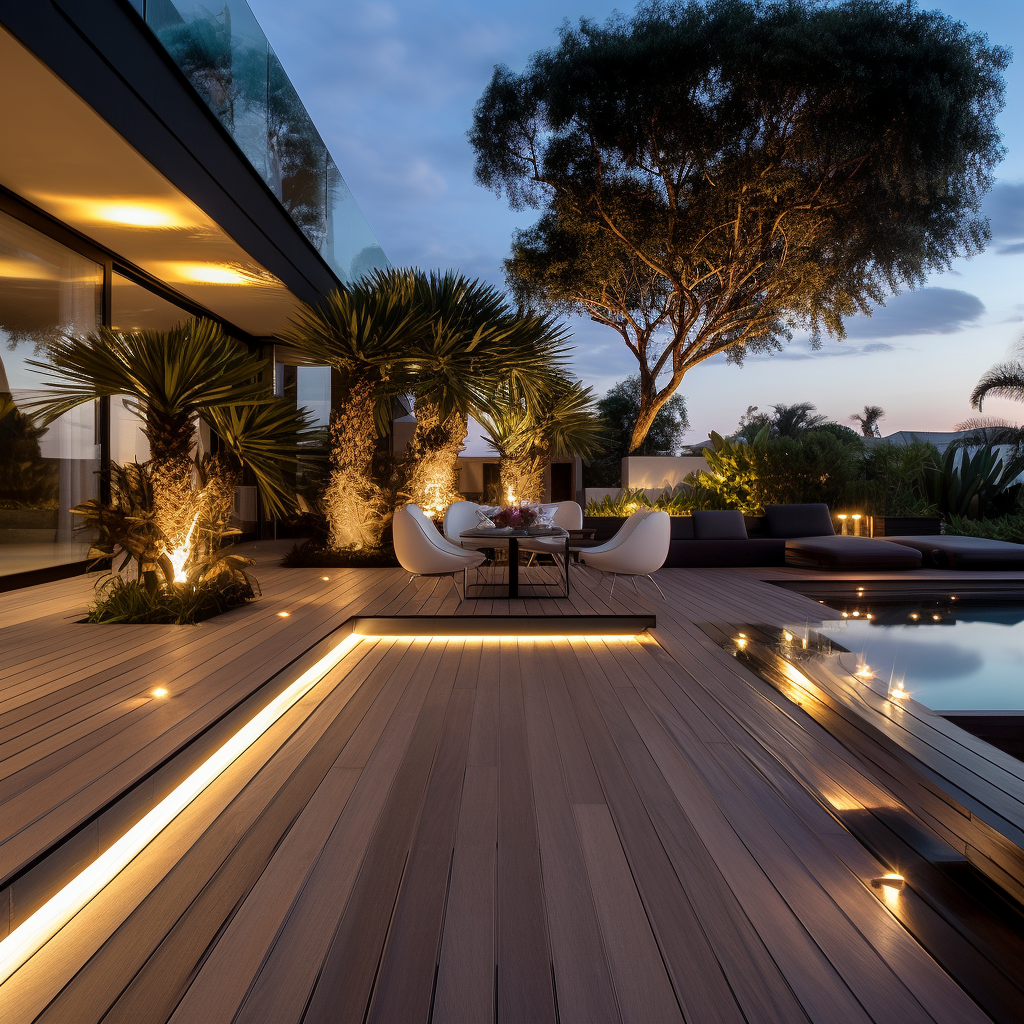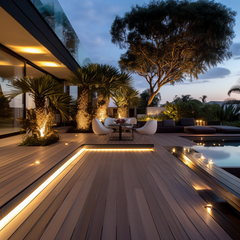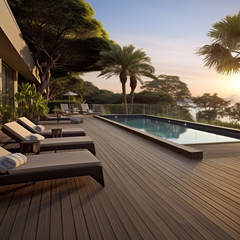







Co Extrusion Wood Plastic Composite Decking Eco-Friendly Design WPC Balcony Waterproof Outdoor Playground Floor Covering
10 customers are viewing this product
Couldn't load pickup availability
Description
xProduct Data Sheet
| Product Name |
WPC Decking |
| Material | Wood Plastic Composite |
| Type | 3D Embossing Decking |
| Technics | Embossed, Fine grooves |
| Colors |
Antique, Light Gray, Silver Gray, Teak, Redwood or Customized |
| Size | 137mm*22.5mm or Customized |
| Surface Treatment |
Flat, Brushed, Wood Grain, Sanded, Deeper Grains or Customized |
| Function | Waterproof, Fire Retardant, Rotproof, Slip Resistant, UV Resistant, Insect |
| Application | Garden, Lawn, Balcony, Hallway, Garage, Swimming Pool, Boardwalk, etc. |
Design and colors





About Us


Related Products
Ella
Ella
Ella
Ella
Ella
Ella
Ella
Ella
Ella
Ella
Recently Viewed Products

- Choosing a selection results in a full page refresh.
